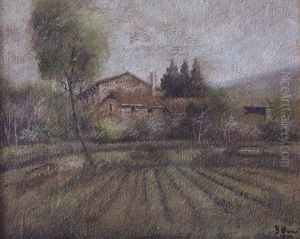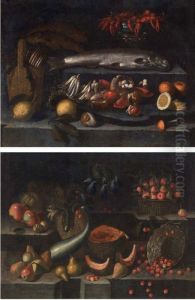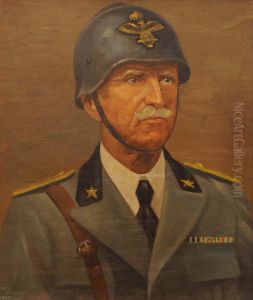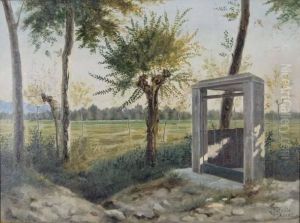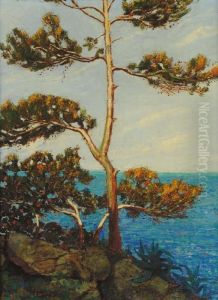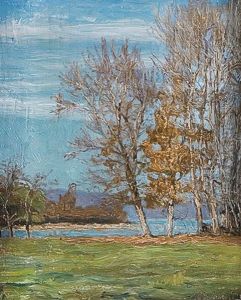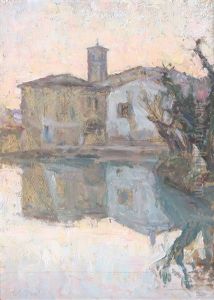Giovanni Battista Bosio Paintings
Giovanni Battista Bosio was an Italian sculptor who was born on March 17, 1774, in Rome. His artistic journey began in his early years, influenced by the classical tradition that was prevalent in Rome, a city rich with ancient ruins and Renaissance masterpieces. Bosio was initially trained under his uncle, Tommaso Righi, who was also a sculptor. He later studied at the Accademia di San Luca in Rome, where he honed his skills and absorbed the neoclassical style that was dominating the arts at the time.
Bosio's work was marked by a graceful neoclassicism, and he was particularly noted for his portrait busts and funerary monuments. His style was influenced by the works of the great neoclassical sculptor Antonio Canova, under whom he did not formally study but whose artistic legacy was pervasive in Rome during Bosio's lifetime. Bosio's sculptures often featured serene expressions, smooth surfaces, and a delicate use of drapery, characteristics that were typical of the neoclassical ideal striving to emulate the perfection found in classical antiquity.
One of Bosio's most notable works is the monument to the Duchess of Devonshire, located in Rome's Santa Maria in Trastevere. He also created the monument to Princess Zinaida Volkonsky in the same church. His ability to capture the elegance and refinement of his subjects made him a sought-after sculptor for monuments and portrait busts of the European aristocracy. Bosio's success allowed him to become quite prosperous and respected in his time.
Despite his fame and influence in the early 19th century, Bosio's work, like that of many of his contemporaries, became overshadowed by the shift in artistic tastes as the century progressed. The rise of Romanticism and later movements caused the neoclassical style to fall out of favor. Nevertheless, Bosio's contributions to sculpture and his embodiment of the neoclassical aesthetic remain significant in the history of art.
Giovanni Battista Bosio died on April 15, 1832, in Paris, France. His legacy is preserved in the collections of various museums, and his works continue to be appreciated for their technical skill and serene beauty, embodying the neoclassical values of harmony, clarity, and restraint.
